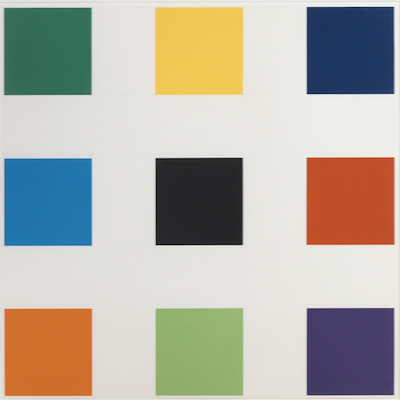
Details
Artist
Styles
Object, paint nails on wood // Composizione by Paul Van Hoeydonck, created in 1964, is a mixed media sculpture that embodies the artist's experimental approach to form and texture. The piece consists of plaster casts and painted elements mounted on a textured wooden panel, featuring fragmented and abstract shapes resembling human limbs, some painted red, emerging from the surface. The use of contrasting colors and the rough texture of the background create a sense of tension and movement, inviting the viewer to contemplate the disjointed forms and their interaction with space. Van Hoeydonck’s work often explores the human figure and its abstraction, emphasizing the tension between representation and abstraction.
Composizione, 1964
form
Medium
Size
21 x 74 X 12 cm
- Inches
- Centimeters
Edition
Price
Details
Artist
Styles
Object, paint nails on wood // Composizione by Paul Van Hoeydonck, created in 1964, is a mixed media sculpture that embodies the artist's experimental approach to form and texture. The piece consists of plaster casts and painted elements mounted on a textured wooden panel, featuring fragmented and abstract shapes resembling human limbs, some painted red, emerging from the surface. The use of contrasting colors and the rough texture of the background create a sense of tension and movement, inviting the viewer to contemplate the disjointed forms and their interaction with space. Van Hoeydonck’s work often explores the human figure and its abstraction, emphasizing the tension between representation and abstraction.
What is Hard Edge Art?
Hard Edge art is a style of abstract painting that became popular in the 1960s. It features areas of color separated by crisp, sharp edges that are painted with geometric precision. The term hard-edge painting was coined by art critic Jules Langsner to describe this approach, which contrasts with the softer, more fluid forms of other abstract styles.












